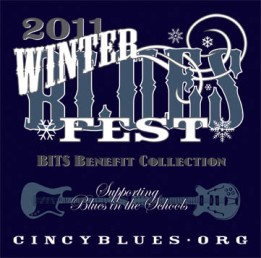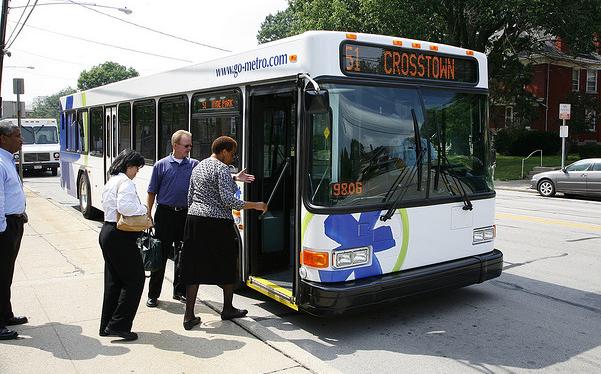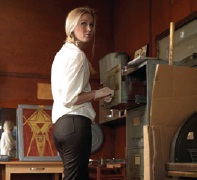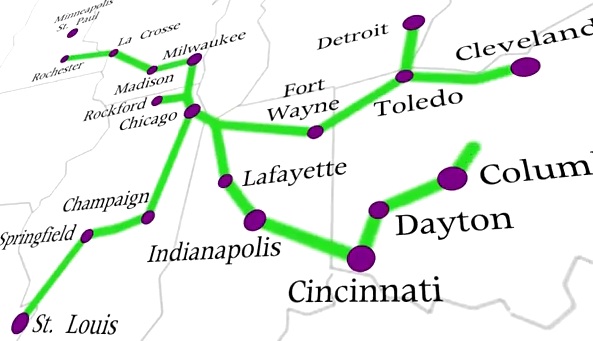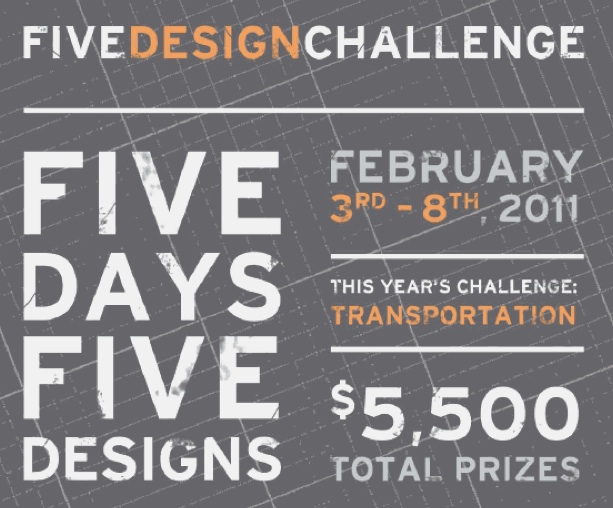 This weekend, the 5th annual Cincy Winter Blues Fest takes over Newport’s historic Southgate House. With shows both Friday and Saturday evening the winter version of the blues festival promises to be another hit after selling out last year.
This weekend, the 5th annual Cincy Winter Blues Fest takes over Newport’s historic Southgate House. With shows both Friday and Saturday evening the winter version of the blues festival promises to be another hit after selling out last year.
Due to the demand on tickets, the Cincy Blues Society has decided to make tickets available online, and at a discounted rate, ahead of the weekend for the first time. Tickets are also available in advance at Shake It Records and at the Southgate House itself, though both of these places are cash only.
The Cincy Blues Society is dedicated to raising money to keep blues music alive. This winter festival, just like the annual outdoor event that takes place on the banks of the Ohio River each summer, is as much a fundraiser as it is a musical showcase.
There are local and national artists that will be filling all the stages at Southgate House to benefit the Blues in the Schools program which is dedicated to keeping blues music alive for the next generation. There will also be a compilation CD available benefiting the program. To kick off each nigh,t the Blues in the Schools band will be gracing the ballroom stage at 6pm. Music is scheduled to run each night until about 12:30am which makes for quite a fun evening. It is not often that patrons get a chance to enjoy music from each of the three stages at Southgate House, so this provides a unique opportunity.
Much like its local media sponsor, 89.7 FM WNKU which recently announced some bold acquisitions to expand their reach from Dayton to Huntington, WV, the Cincy Winter Blues Fest promises to be bigger and better than ever. Get your tickets early or you may miss out on a chance to boogie down this weekend.
